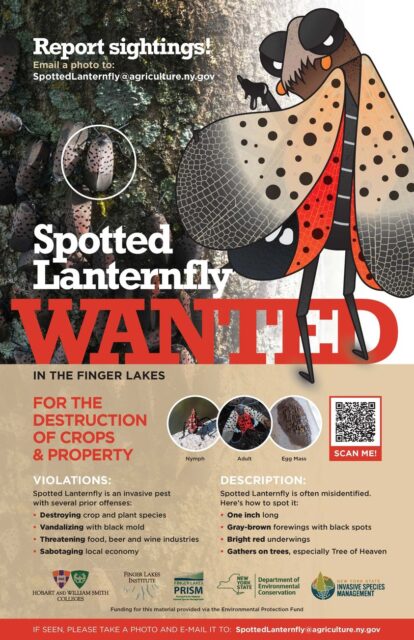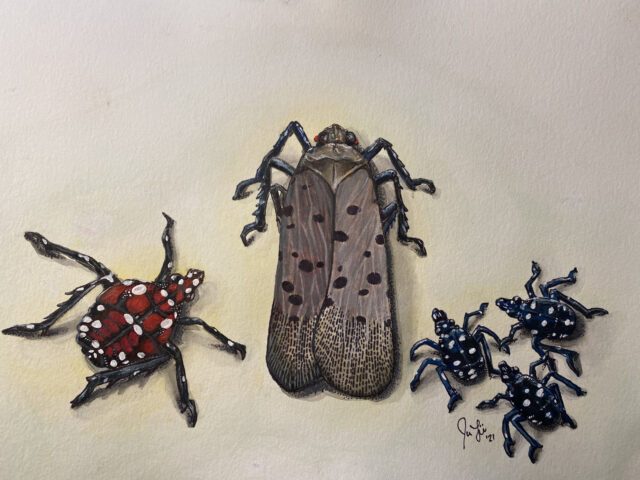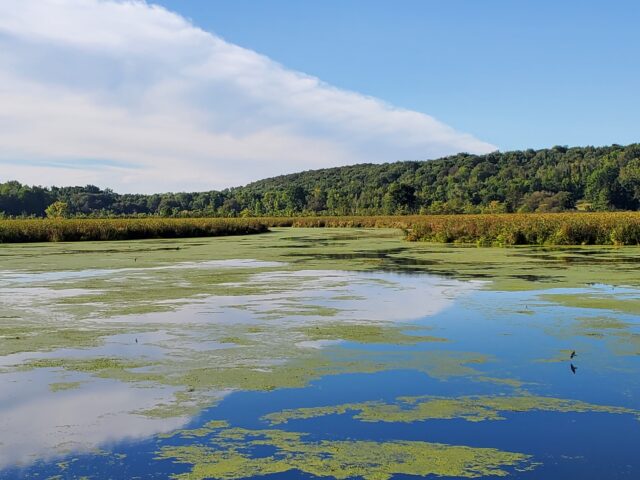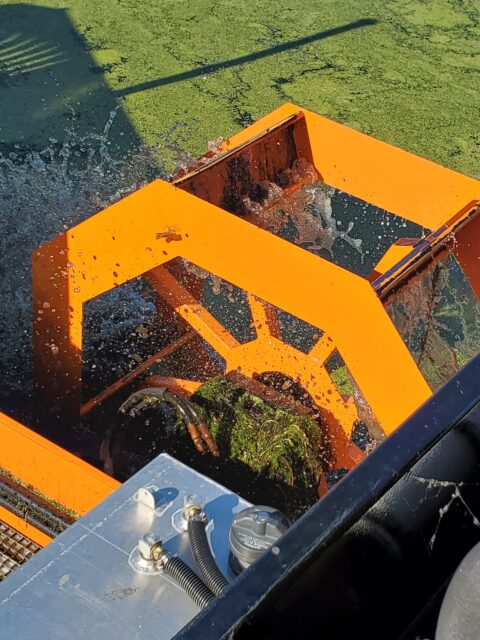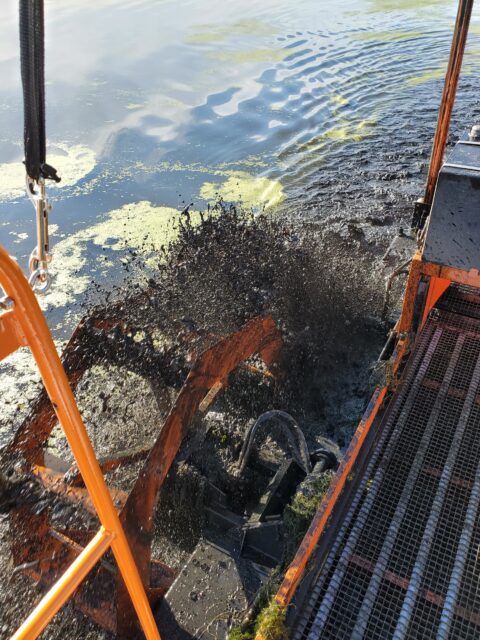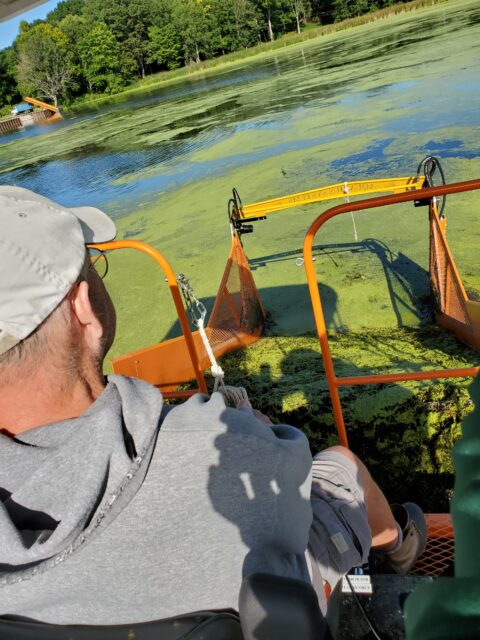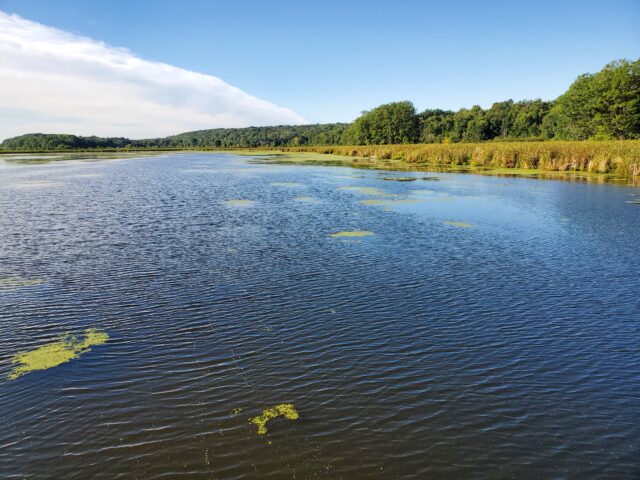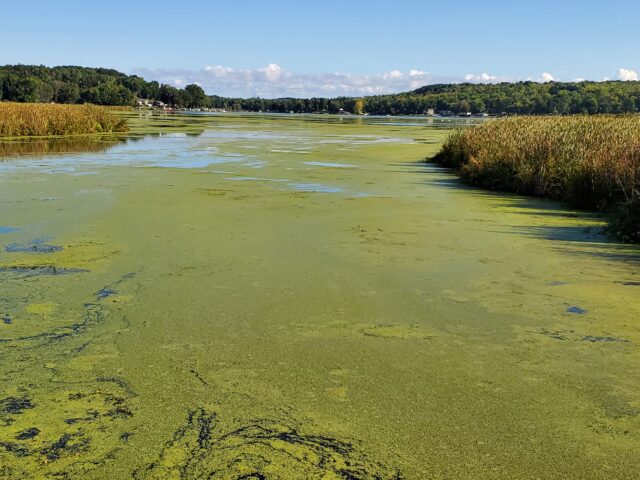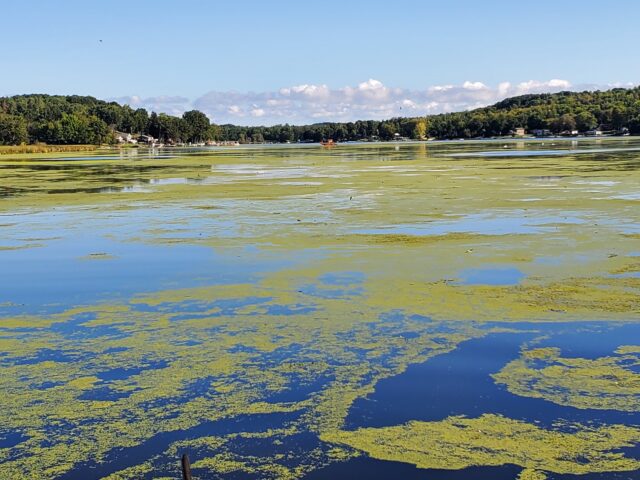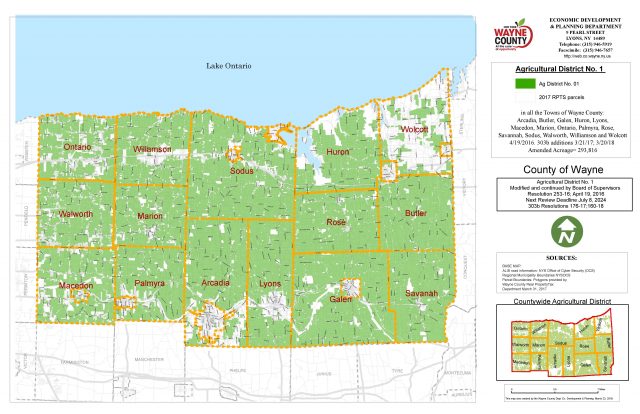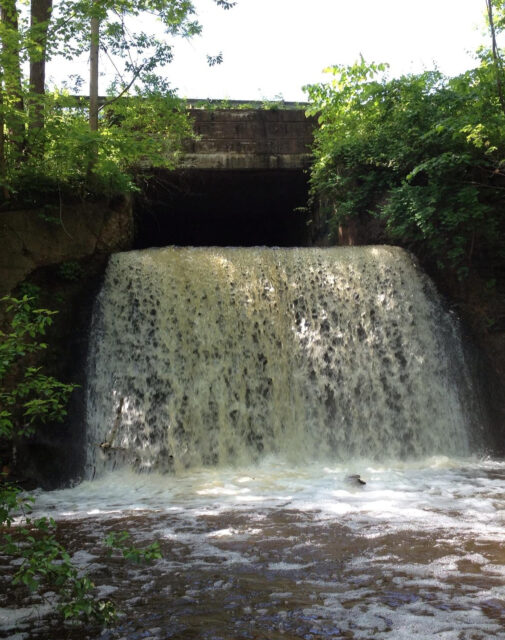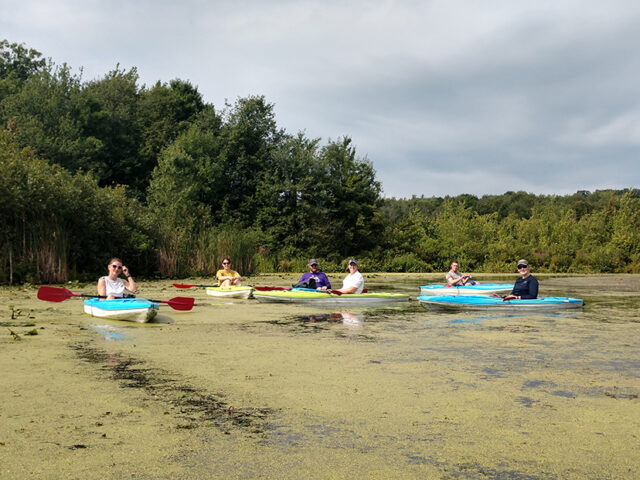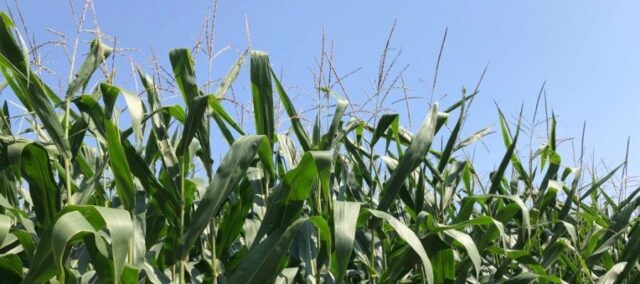This week’s InFocus features Conservation No-Till and the District’s No-Till Drill Rental program.
Pictured is a farm that uses a progressive planting process that readies the soil for new tree planting. The row of radish is planted where future trees will be planted and will reduce compaction, allow future tree roots to reach further in the soil for water, and reduce nitrates in the soil, reducing the odds of excess nutrients from running to nearby waterways.
The Sorghum-Sudangrass seen in the image suppresses weeds, provides cover and protection again erosion, and is an excellent source of organic matter when planning for future orchards.
The District’s No-Till Drill is a pull-style with a working width of 10’ and requires approximately a 70 hp tractor to run it. It has the main seedbox with a 25-bushel capacity and a native seedbox with a 10-bushel capacity. The machine is ideal for many conservation projects, cover crops, pasture renovations, and food plots.
Rent the Seeder / Tiller Drill $15/ Acre + $50 Set Up Fee
For more information Contact: Ian Priestley ian@waynenyswcd.org (315) 946-7200

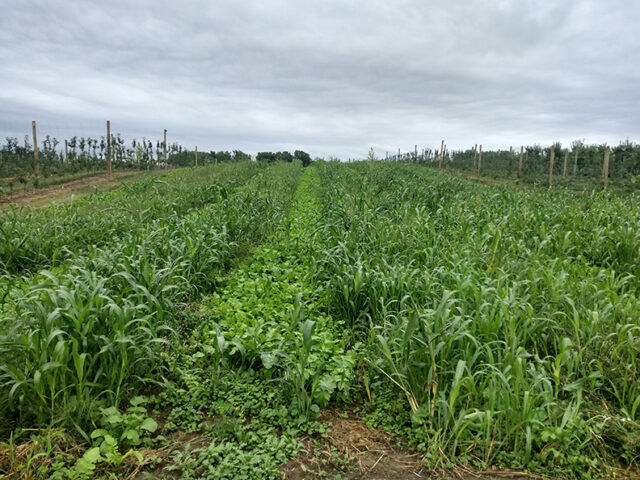
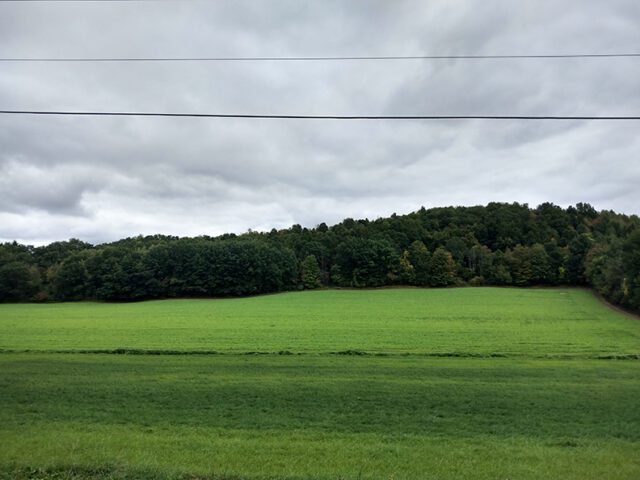
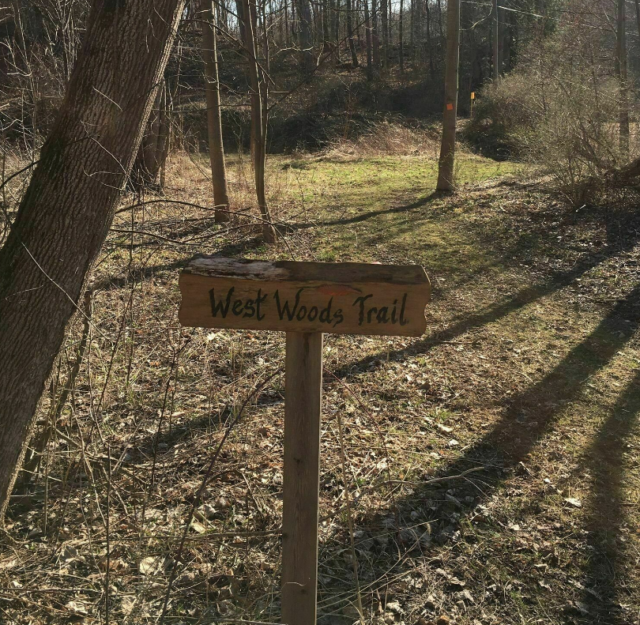
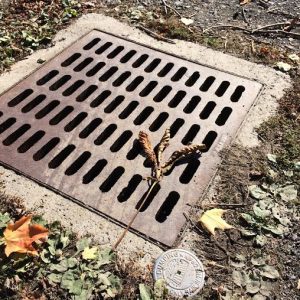 Now is the time of year to be conscious of the yard and garden clean-up. Make sure you keep leaves and grass out of storm drains. Fallen leaves and grass clippings can plug storm drains and can cause flooding to our roadways. If yard waste such as leaves, grass clippings, and small twigs are disposed of in a storm drain, they will make their way to a natural body of water where they threaten aquatic life and degrade water quality.
Now is the time of year to be conscious of the yard and garden clean-up. Make sure you keep leaves and grass out of storm drains. Fallen leaves and grass clippings can plug storm drains and can cause flooding to our roadways. If yard waste such as leaves, grass clippings, and small twigs are disposed of in a storm drain, they will make their way to a natural body of water where they threaten aquatic life and degrade water quality.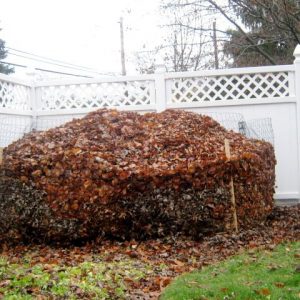 leaf layer sometimes called duff, several inches deep is natural on forest floors. This leaf layer is its own mini-ecosystem! Many wildlife species live in or rely on the leaf layer to find food like earthworms and other beneficial microbes.
leaf layer sometimes called duff, several inches deep is natural on forest floors. This leaf layer is its own mini-ecosystem! Many wildlife species live in or rely on the leaf layer to find food like earthworms and other beneficial microbes.
